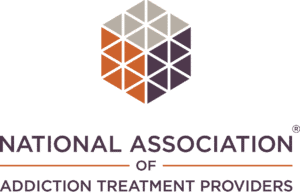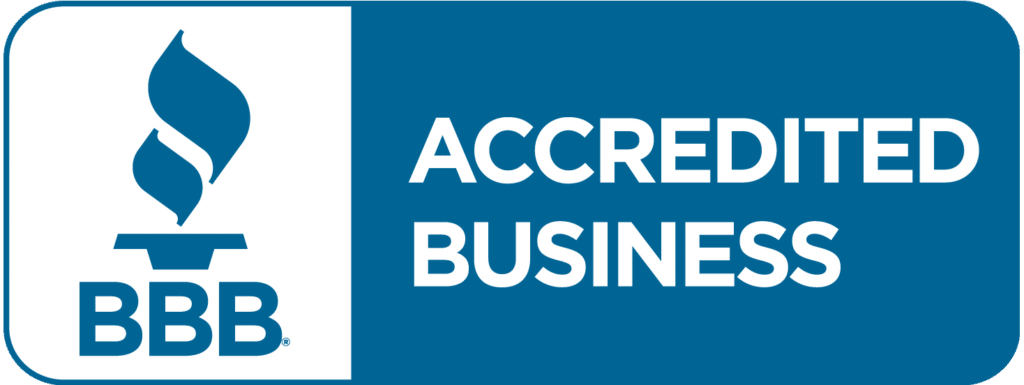What Are Test Strips for Drugs?
Test strips for drugs are increasingly being used as part of harm reduction programs. These test strips in this context aren’t the same as an at-home drug test to determine if someone has been using a substance, including prescription and illegal drugs like a synthetic opioid. We’ll cover both scenarios below.
Test Strips for Drugs—Drug Checking
One type of drug test that uses strips is called drug checking. Drug checking lets people who use substances identify what they’re going to take. This helps avoid the risks of taking something unknown. In this context, drug checking strips aim to prevent injury and overdose-related to drugs.
- Research shows that people want to know what’s in the drugs they take, particularly if it contains fentanyl.
- In one study of 335 people, 76% believed they’d consumed fentanyl unknowingly.
- In the same sample, 85% said they wanted to know if there was fentanyl in drugs before using them. Most participants also wanted to know the amount of fentanyl and if other substances were present.
- Drug testing is a harm reduction strategy used in many settings to help people understand what they’re consuming.
- When someone is aware of contamination by fentanyl or other substances, it reduces the risk of overdose. Individuals can decide not to use the drug or use it more slowly. They can also use it with other people who have naloxone on hand.
Along with drug checking strips, there are also reagent kits available. A reagent is also known as a colorimetric or spot test. Reagents are liquid drops you can apply to a substance sample with minimal training.
Then, a chemical interaction can identify whether certain substances are in the sample based on color changes. The results take around 30 seconds and can identify many substances, including methamphetamine and opiates.
Fentanyl Testing Strips
As fentanyl-related drug overdose deaths have been soaring recently, fentanyl checking strips have become more widely used.
Fentanyl checking strips were initially designed for urine drug test kits. Now they can be used off-label to test if something has fentanyl or fentanyl analogs.
- The user would take the drug testing strip and dissolve a small drug sample into water.
- Then, they’d insert the test strip, and an indicator line would alert them if fentanyl were in the sample.
- These drug test strips are single-use for around $1 to $2 per test.
- They are inexpensive and easy to obtain and can give illicit drug users an accurate read of whether or not a substance contains fentanyl.
- In 2018, a John Hopkins study indicated the test strips could indicate the presence of fentanyl almost 100% of the time.
- Some government programs in the United States, such as the California Department of Public Health, have started paying for fentanyl strips distributed to people at syringe exchange programs to reduce opioid overdoses. Other states that have enacted similar programs include North Carolina, Ohio, Maryland, New York, and Massachusetts.
At-Home Drug Tests
As mentioned, fentanyl test strips are derived from at-home drug tests.
These tests are traditionally used to determine if there are illegal or prescription drugs in someone’s system via their urine.
The tests can detect drugs, including:
- Cocaine
- Marijuana
- Opiates
- Methamphetamine
- Amphetamines
- PCP
- Barbiturates
- Methadone
- Oxycodone
- Benzodiazepines
At-home test strips for drugs are usually qualitative, meaning you find out if there’s the presence of a drug in urine, but you don’t find out how much.
How Accurate Are Test Strips?
Test strips are considered fairly accurate in testing for the presence of drugs in someone’s system. If drugs are present, it’s usually going to lead to a positive test result. However, sending urine samples to a lab to confirm at-home test results can be a good idea. Some foods, supplements, medicines, and drinks can affect the results of at-home tests.
- How you do the test, the way the test or urine is stored, and the specific things someone ate or drank can impact the outcome.
- If a result shows the presence of amphetamine, it can be triggered by over-the-counter medicine, which is a situation considered false positive.
- If the test results are negative, they will not be 100% accurate.
- Some factors can lead to a false negative. You might have tested for the wrong drugs or not have tested the urine when the drugs were in it. It takes some time for drugs to appear in someone’s urine after using them, and they don’t stay there indefinitely. The urine sample could have been collected too soon or too late.
- The chemicals in the test can also go bad if they expire or are stored incorrectly.
How Long are Drugs Detectable?
On an at-home drug test, how soon someone takes the substance and how long it will continue to lead to a positive drug test depend on the drug and the person. Average examples include:
- Marijuana may show up 1-3 hours after someone takes it, and stay positive for 1-7 days
- Cocaine could show up in 2-6 hours and stay in someone’s system for 2-3 days
- Heroin or opiates can create a positive drug test result in 2-6 hours and last for 1-3 days
- Benzodiazepines can appear in 2-7 hours after someone uses them and continue to lead to a positive test for 1-4 days
An at-home drug test will usually include a collection cup for the sample and the test itself. Commonly it will be test strips, but it can also be a test card or cassette. You should read the instructions carefully before doing one of these tests.
You collect urine in the sample cup and test it based on the instructions. If the test shows the preliminary presence of drugs, it should be sent to a lab for a final result. Some home kits include a container and a pre-addressed mailer for shipping.
Saliva vs. Urine Drug Testing
Another option for drug testing is using a saliva test, also known as oral fluid testing. A saliva test can detect drug use faster than urine tests because urine tests require that the drug metabolizes in the user’s system before there’s a positive result.
The downside of a saliva test is that the result will be positive for a shorter window of time than with a urine test.
Blood tests are also a testing option, but health care professionals administer these tests.
Where Can You Buy Drug Test Strips?
You can buy drug test strips online and from most pharmacies. But if you’re buying drug test strips, it might be an indicator of a bigger problem. If you’re in the SF bay area and you’re ready to tackle substance abuse once and for all, we’re here to help. Contact Silicon Valley Recovery at 408-547-4089 to learn more about programs available for you or your loved ones.









